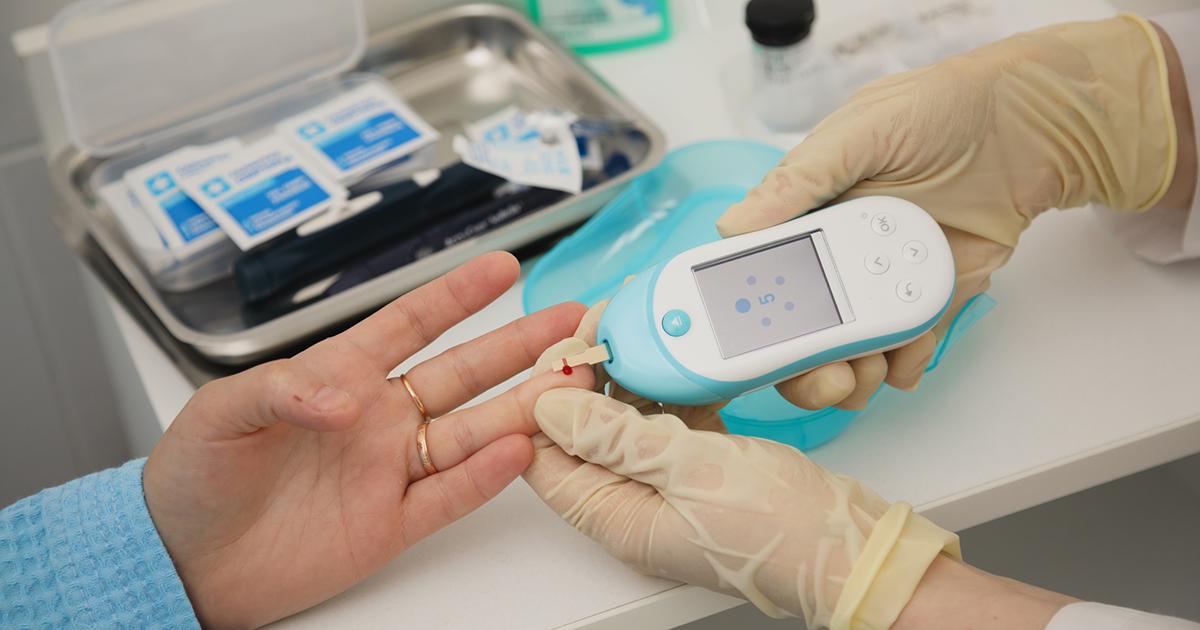What Causes Focal Segmental Glomerulosclerosis?
Diabetes

Diabetes is strongly associated with obesity, which as mentioned is a risk factor for focal segmental glomerulosclerosis. In addition, kidney damage is a frequent complication of diabetes. Thus, being a diabetes patient with focal segmental glomerulosclerosis can be particularly damaging to the kidneys, and patients with both conditions may have more severe symptoms. Diabetes develops when the body is unable to effectively use or produce insulin. As a result, patients have elevated blood sugar. Frequent symptoms of diabetes include excessive thirst, fatigue, weight loss, blurry vision, irritability, and wounds that are slow to heal. Diabetes patients must monitor their blood sugar daily, and doctors recommend making dietary changes and increasing exercise. When lifestyle modifications are insufficient, patients may need to use a combination of oral medicines and injections to manage diabetes. In the most advanced stages, patients will need to include daily insulin injections as well. Since these patients are at an elevated risk for kidney issues, they should have their kidney function tested according to their specialist's instructions. They should also be aware of any changes in their urine or any lower back pain, as these may be signs of kidney issues and should be reported to their healthcare team.
Discover more causes of focal segmental glomerulosclerosis now.